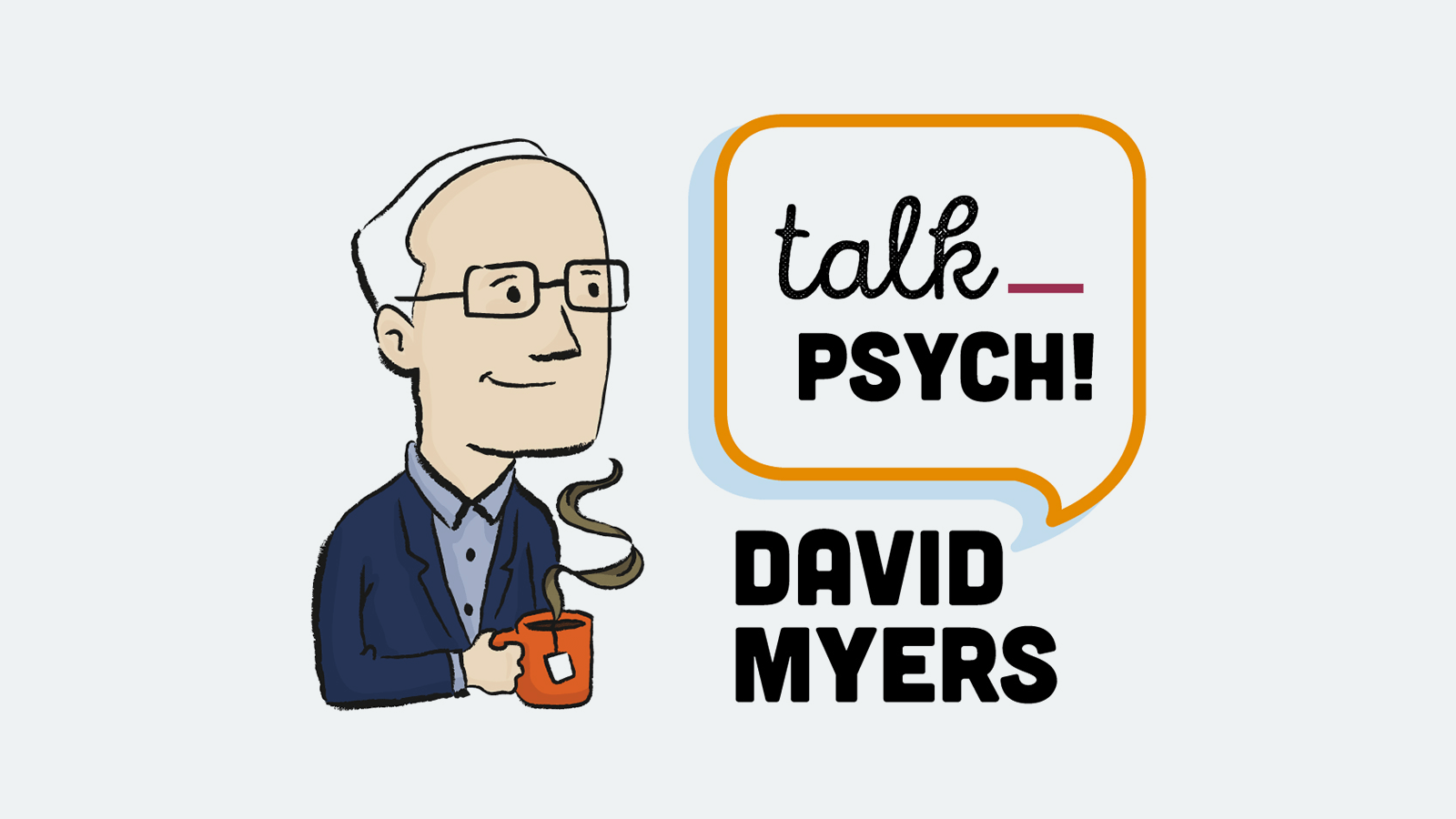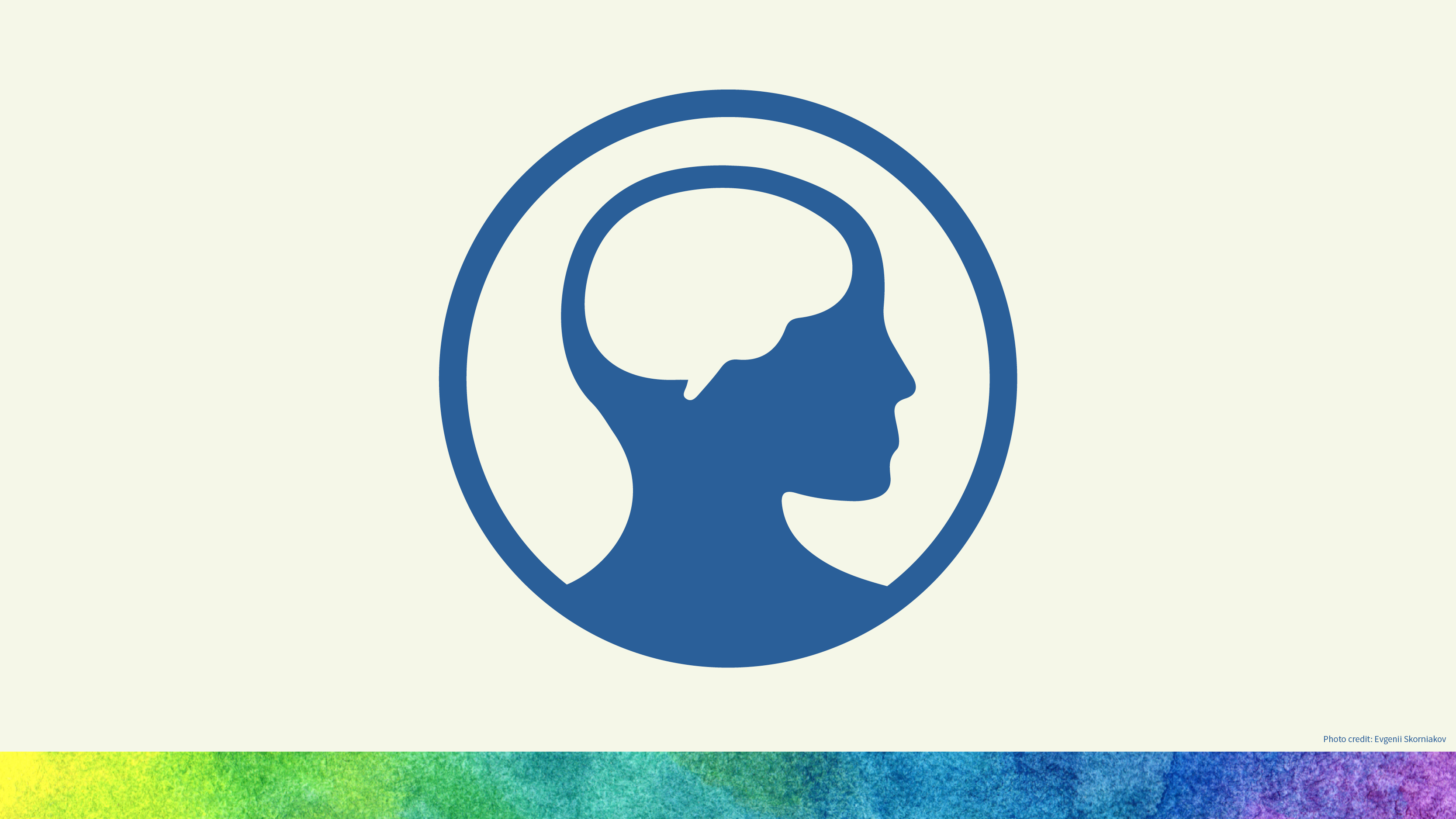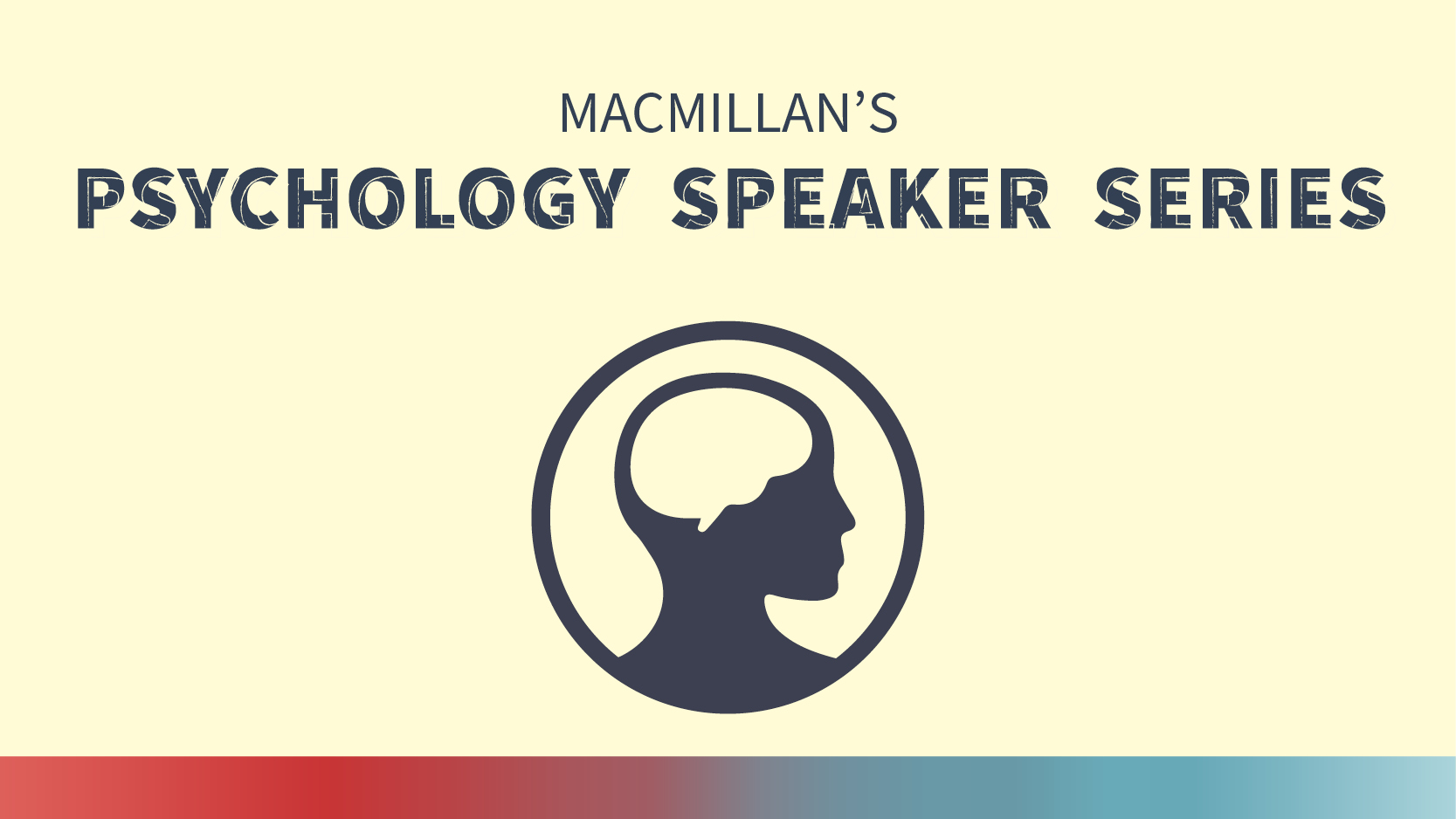-
About
Our Story
back- Our Mission
- Our Leadershio
- Accessibility
- Careers
- Diversity, Equity, Inclusion
- Learning Science
- Sustainability
Our Solutions
back
-
Community
Community
back- Newsroom
- Webinars on Demand
- Digital Community
- The Institute at Macmillan Learning
- English Community
- Psychology Community
- History Community
- Communication Community
- College Success Community
- Economics Community
- Institutional Solutions Community
- Nutrition Community
- Lab Solutions Community
- STEM Community
- Newsroom
- Macmillan Community
- :
- Psychology Community
- :
- Psychology Blog
Psychology Blog
Options
- Mark all as New
- Mark all as Read
- Float this item to the top
- Subscribe
- Bookmark
- Subscribe to RSS Feed
Psychology Blog
Showing articles with label Gender.
Show all articles
Author
04-20-2018
08:56 AM
The teen years are, for many, a time of rewarding friendships, noble idealism (think Parkland), and an expanding vision for life’s possibilities. But for others, especially those who vary from teen norms, life can be a challenge. Nonheterosexual teens, for example, sometimes face contempt, harassment, or family rejection. And that may explain their having scored higher than other teens on measures of anxiety, depression, and suicidal thoughts and attempts (see here, here, here, and here). But many of these findings are based on older data and don’t reflect the increasing support of gay partnerships among North Americans and Western Europeans. In U.S. Gallup polls, for example, support for “marriages between same-sex couples” soared from 27 percent in 1996 to 64 percent in 2017. So, have the emotional challenges of being teen and gay persisted? If so, to what extent? I’ve wondered, and recently discovered, an answer in the 2015 data from the annual UCLA/Higher Education Research Institute American Freshman survey (of 141,189 entering full-time students at a cross-section of U.S. colleges and universities). The news is mixed: Most gay/lesbian/bisexual frosh report not having struggled with depression. Being gay or lesbian in a predominantly heterosexual world remains, for a significant minority of older teens, an emotional challenge. Can we hope that, if attitudes continue to change, this depression gap will shrink? In the meantime, the American Psychological Association offers youth, parents, and educators these helpful resources for understanding sexual orientation and gender identity, including suggestions for how “to be supportive” of youth whose sexual orientation or gender identity differs from most others.
... View more
Labels
0
0
3,250
Author
03-29-2018
08:07 AM
Perceptual illusions are not only great fun, they also remind us of a basic truth: Our perceptions are more than projections of the world into our brain. As our brains assemble sensory inputs they construct our perceptions, based partly on our assumptions. When our brain uses rules that normally give us accurate impressions of the world it can, in some circumstances, fool us. And understanding how we get fooled can teach us how our perceptual system works. A case in point is the famed Müller-Lyer illusion, for which the Italian visual artist Gianni Sarcone gives us two wonderful new examples. https://www.giannisarcone.com/3-MEDIA_Images/Muller_lyer_star_OR2.gif https://www.giannisarcone.com/wp/wp-content/uploads/2017/10/Muller_Lyer_waves_S.gif Many more informative examples can be found amid the 644 pages of the new Oxford Compendium of Visual Illusions. There I discovered a fascinating phenomenon reported by Gettysburg College psychologist Richard Russell. First (with Professor Russell’s kind permission from his earlier article in Perception) a question: In the pair of Caucasian faces, below, which looks to be the male, and which the female? Do you (as did I) perceive the left face as male, the right face as female? Many people do, but in actuality, they are the same androgynous face (created by averaging Caucasian male and female faces), but with one subtle difference: the researchers slightly darkened the skin (but not the lips or the eyes) in the left face and lightened the skin in the right face. Why? Because worldwide and across ethnic groups, Russell and others report, women’s skin around the lips and eyes tends to be lighter than men’s. And that means more contrast between their skin and their lips and eyes. That natural, subtle facial sex difference enabled Russell to recreate what he calls “the illusion of sex” with a second demonstration. This time, he left the skin constant but lightened the lips and eyes of the left face, making it appear male, and he darkened the lips and eyes of the right face, increasing the contrast, making it appear female. Russell suggests that this helps explain why, in some cultures, women use facial cosmetics. Lipstick and eye shadow amplify the perceived sex difference, he notes, “by exaggerating a sexually dimorphic attribute—facial contrast.”
... View more
Labels
-
Gender
-
Sensation and Perception
2
1
7,389
Expert
03-31-2017
09:05 AM
On the Society for the Teaching of Psychology Facebook page, Cait Alice was asking for advice on how to handle a student’s misconception of how gender works. Allison Matthews recommended the gender unicorn created by the Trans Student Educational Resources group*. If you’d like to turn this into a class activity, identify how many groups of 3 you will have in your class. Let’s say 16. Print out 16 copies, and then mark different spots on each continuum for each group. Show students one as an example of what you are asking them to do. Using the graphic above, explain to students that the person identifies primarily as a woman who dresses and acts more masculine than feminine, whose assigned sex was female, and who is not physically attracted to anyone but is emotionally attracted to men and women with a slight preference for the former. Distribute the marked up gender unicorn handouts to your student groups, asking each group to describe their person. Walk around to each of the groups answering any questions they have. After discussion dies down, ask groups to pair up to share their descriptions. If time allows, invite a few volunteers to display their gender unicorn on the classroom’s document camera and describe their person. As a wrap-up to the activity, encourage students to think about where they fall on each of the gender unicorn dimensions – although your students probably already did this as soon as you showed them the infographic. Give each student an unmarked copy of the infographic to share with friends and family. -------------------------------------------------------------------------------------------------------------------------------------------------- * This is an edited post. The original post featured the Genderbread Person ostensibly created by Sam Killermann. A few people, including Allison Matthews, reported a concern with accusations of plagiarism by Killermann. A friend and colleague shared with me this analysis of the plagiarism accusation. Because of the potential issues with plagiarism, I've decided to use an image created by "the only national organization entirely led by trans youth."
... View more
Labels
0
0
7,938
Expert
01-13-2016
04:00 AM
As a psychology instructor it is clear to you the myriad ways in which psychology can be used to both understand social issues and speak to solutions. In fact, the APA Guidelines for the Major (2013; see below) encourages us to help our students see the same. Debra Mashek (2016) suggests a few assignments that provide our students opportunities to connect psychology with today’s social issues. Integrative essay The instructor chooses three articles (interesting, nifty methodology, and not too difficult for students to understand – but on the surface may not have anything obviously to do with each other), and assigns one of those articles to each student, i.e. 1/3 of the class gets article A, 1/3 gets article B, and 1/3 gets article C. Each student writes a one-page summary of their assigned article and brings that with them to class. The class breaks up into groups of three, where the groups are composed of students who have all read different articles. In a jigsaw classroom format, the students tell the others in their three-person group about their article. Students then “articulate an applied question that invites application of ideas from all the articles.” Each 3-person group then co-authors a short paper (two to three pages) that identifies their applied question and how each of the three articles speak to that question. Persuasion research activity Right after Hurricane Katrina, Mashek decided she wanted her Intro Psych students to experience psychological research firsthand while also contributing to the relief effort. Mashek gave a brief lecture on foot-in-the-door, door-in-the-face, and reciprocity. She randomly assigned ¼ of students to foot-in-the-door, ¼ to door-in-the-face, ¼ reciprocity (she gave these students lollipops to hand to people before asking for a donation), and ¼ to a command condition (“give money”). During that same class period students were sent out in pairs to different areas of campus to return an hour later. Thirty-five students collected $600. Students reported a greater connection to the victims of Katrina after they returned than they reported before they left. Mashek used this experience as a leaping off point for discussing research methodology in the next class session. Current headline classroom discussion Pick a current headline. Break students into small groups, perhaps as an end of class activity, and give them one or two discussion questions based on the current chapter you are covering that are relevant to the headline. For example, if you are covering the social psychology chapter in Intro Psych, give students this headline from the January 9, 2016 New York Times: “Gov. Paul LePage of Maine Says Racial Comment Was a ‘Slip-Up’.” This is a short article, so you could ask students to read the article itself. Sample discussion questions: (1) What evidence is there of ingroup bias? (2) Do Gov. LePage’s comments illustrate stereotyping, prejudice, and/or discrimination? Explain. If time allows, student groups can report out in class. Alternatively, this could be a group writing assignment or a scribe for the group could post a summary of the group’s responses to a class discussion board. Students will gain an appreciation of the scope of psychology and how it is relevant to today’s social issues. This activity throughout the course should help students, after the course, to continue to see psychology at play. The APA Guidelines for the Major (2013) include these indicators related to social issues: 1.3A Articulate how psychological principles can be used to explain social issues, address pressing societal needs, and inform public policy 3.3c Explain how psychology can promote civic, social, and global outcomes that benefit others 3.3C Pursue personal opportunities to promote civic, social, and global outcomes that benefit the community. 3.3d Describe psychology-related issues of global concern (e.g., poverty, health, migration, human rights, rights of children, international conflict, sustainability) 3.3D Consider the potential effects of psychology-based interventions on issues of global concern American Psychological Association. (2013). APA guidelines for the undergraduate psychology major: Version 2.0. Retrieved from http://www.apa.org/ed/precollege/undergrad/index.aspx Mashek, D. (2016, January 4). Bringing the psychology of social issues to life. Lecture presented at National Institute on the Teaching of Psychology in Tradewinds Island Grand Resort, St. Petersburg Beach. Seelye, K. Q. (2016, January 9). Gov. Paul LePage of Maine Says Racial Comment Was a 'Slip-up'. The New York Times. Retrieved January 9, 2016, from http://www.nytimes.com/politics/first-draft/2016/01/08/gov-paul-lepage-of-maine-denies-making-racist-remarks
... View more
Labels
-
Abnormal Psychology
-
Cognition
-
Consciousness
-
Developmental Psychology
-
Emotion
-
Evolution
-
Gender
-
Genetics
-
History and Systems of Psychology
-
Industrial and Organizational Psychology
-
Intelligence
-
Learning
-
Memory
-
Motivation
-
Nature-Nurture
-
Neuroscience
-
Personality
-
Research Methods and Statistics
-
Sensation and Perception
-
Social Psychology
-
Stress and Health
0
0
8,698
Topics
-
Abnormal Psychology
5 -
Achievement
2 -
Affiliation
1 -
Cognition
9 -
Consciousness
13 -
Current Events
6 -
Development Psychology
9 -
Developmental Psychology
12 -
Drugs
4 -
Emotion
19 -
Evolution
1 -
Gender
4 -
Gender and Sexuality
3 -
Genetics
2 -
History and System of Psychology
4 -
History and Systems of Psychology
2 -
Industrial and Organizational Psychology
15 -
Intelligence
1 -
Learning
26 -
Memory
10 -
Motivation
4 -
Motivation: Hunger
1 -
Nature-Nurture
2 -
Neuroscience
15 -
Personality
11 -
Psychological Disorders and Their Treatment
9 -
Research Methods and Statistics
41 -
Sensation and Perception
15 -
Social Psychology
45 -
Stress and Health
5 -
Teaching and Learning Best Practices
30 -
Thinking and Language
9 -
Virtual Learning
7
- « Previous
- Next »
Popular Posts








